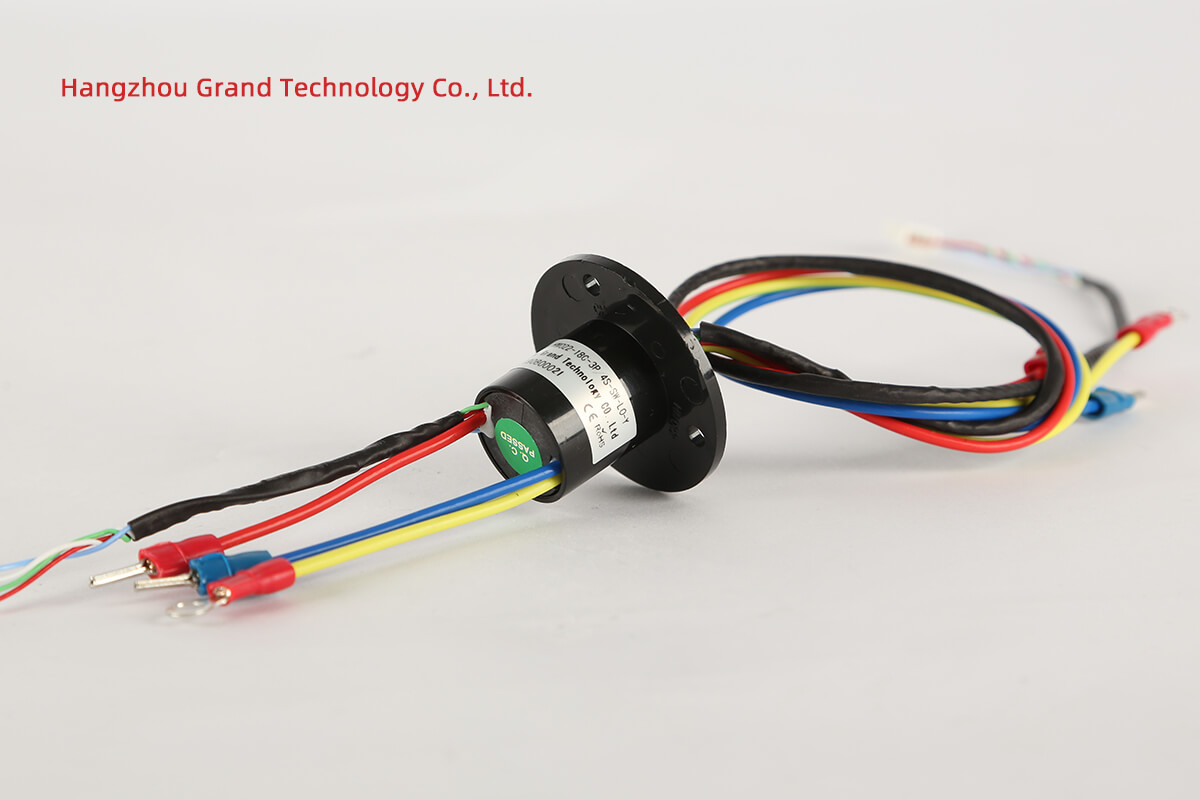In this article, we will delve into the theory of slip ring motors, focusing on the concepts of slip, rotor resistance, and the theoretical equations governing their operation. Slip ring motors are critical components in various industrial applications, and a deep understanding of their theoretical foundations is crucial for achieving optimal performance and efficient operation.
Definition of Slip Ring Motor
To establish a foundation for our exploration, we will provide a clear definition and overview of slip ring motors. A slip ring motor consists of a stator, rotor, slip rings, and brushes. The rotor is wound with conductors and connected to the external world through the slip rings and brushes. This setup allows for the transmission of electrical power and signals between the stationary and rotating parts of the motor. Slip ring motors are known for their ability to provide high starting torque and adjustable speed control, making them suitable for various industrial applications.
Concept of Slip and Rotor Resistance
One of the fundamental concepts in slip ring motor theory is slip. Slip refers to the difference between the synchronous speed and the actual rotor speed of the motor. It is expressed as a percentage or fraction and determines the motor’s torque characteristics and speed control capabilities. Understanding slip is essential for grasping the theoretical principles behind slip ring motor operation.
Additionally, rotor resistance plays a significant role in determining the torque characteristics of slip ring motors. By adjusting the rotor resistance, it is possible to control the starting torque, as well as the torque-speed characteristics of the motor. The ability to adjust rotor resistance enables slip ring motors to provide high starting torque and varying speed control.
Theoretical Equations for Slip Ring Motors
The theory of slip ring motors can be mathematically described through a set of theoretical equations. These equations govern various aspects of motor operation, including slip calculation, torque production, power factor, and efficiency. The equation for calculating slip is given by (Ns – N) / Ns, where Ns represents the synchronous speed and N is the actual rotor speed. Torque production is determined by the equation T = (3 * V^2 * R2′) / ωs, where V is the stator voltage, R2′ is the rotor resistance per phase, and ωs is the synchronous angular speed.
Power factor, which measures the efficiency of power utilization, can be calculated using the equation PF = Pout / (V * I), where Pout represents the output power, V is the stator voltage, and I is the stator current. Finally, motor efficiency is determined by the equation η = Pout / Pin, where Pin is the input power.
Application Examples
To further illustrate the practical implications of slip ring motor theory, we will provide examples of their applications in various industries. Slip ring motors find utility in heavy machinery, such as crushers, mills, and large pumps, where high starting torque and adjustable speed control are essential. They are also commonly used in elevator systems, cranes, and mining operations, where precise speed control and reliable performance under varying loads are critical. By showcasing these examples, readers can appreciate how slip ring motor theory translates into real-world applications and advantages.
Understanding the theory of slip ring motors, encompassing concepts such as slip, rotor resistance, and the theoretical equations governing their operation, is crucial for optimizing their performance and achieving efficient operation. By comprehending the theoretical foundations, engineers and motor users can apply this knowledge to enhance the efficiency, reliability, and control of slip ring motors in various industrial applications. The theory behind slip ring motors enables us to unlock their full potential and harness their advantages in driving industrial processes.


